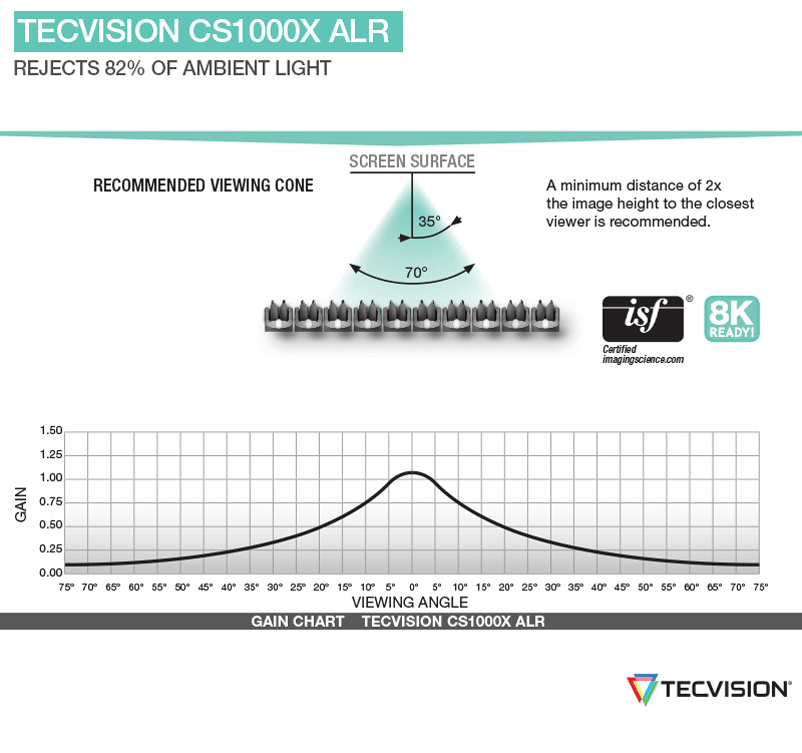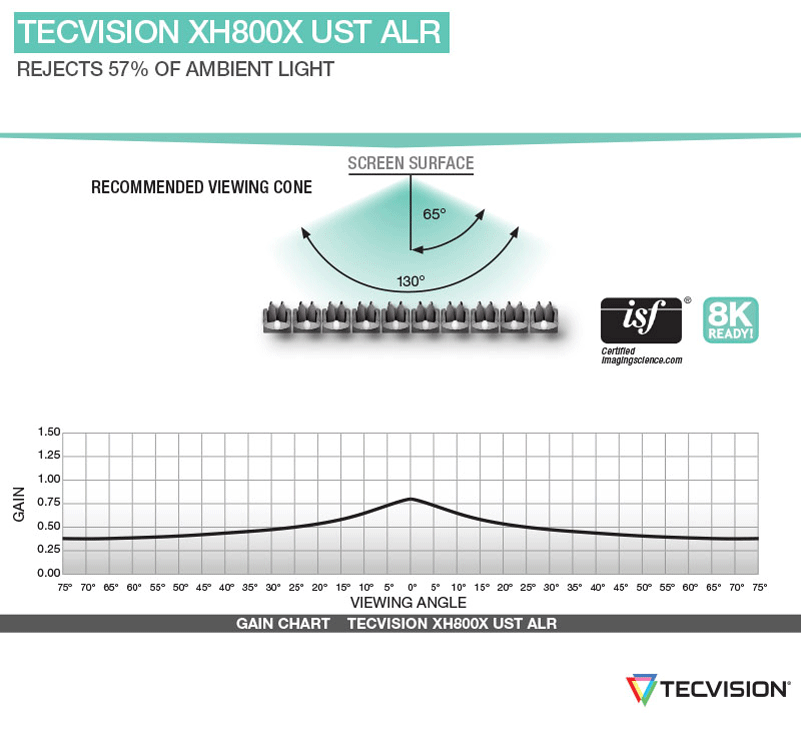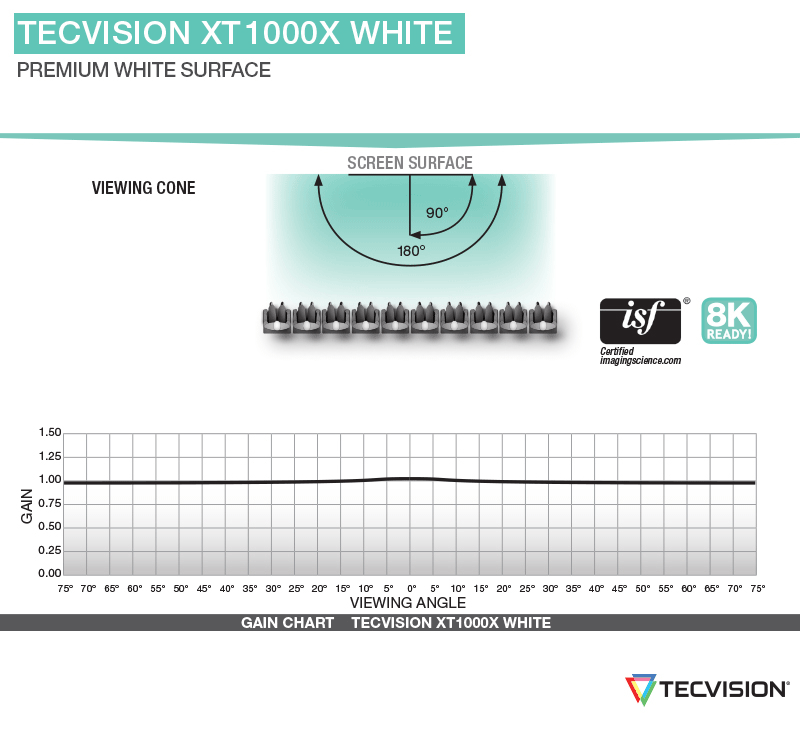A white wall is enough to train action packed. However, a canvas ensures better colors, a higher contrast and a sharper image. There is a separate version for each area and application, either manually or motor-operated
- Mounting options
- Ceiling mounting (recessed installation in a hollow or false ceiling or mounted directly on the ceiling)
- Mobile versions (either in case form or inflatable)
- Wall mounting (mounted directly on the wall or with spacers above a window)
For use in your own four walls, we recommend a 16: 9 format home theater screen. This format works best for the majority of the media to be projected. A black border around the projection surface ensures a clean border and just looks better.
- Special canvases
- Sound-permeable screens
An important point in the cinema area, not necessary in private use - Bulletproof screens
Bulletproof screens are used in the professional field because they use live ammunition. Such screens are extremely expensive and also wear out over time. The shot can then be detected using thermal imaging cameras
- Sound-permeable screens
The following points are interesting for choosing the right screen
- Manual or motor-operated
In the case of roller blind screens, the screens must be pulled out manually. Depending on the installation location, this can be relatively complex. Motorized screens are operated using a remote control (wired or wireless) - The screen format
We recommend one of the most popular formats 16: 9 with a black border around the screen - color range
Certain manufacturers state the reflected color spectrum. Whether warmer or cooler colors should be reproduced depends on your own taste - Reflection types
- Type D: diffusely reflecting screens
With a matt white coating, which is suitable for a larger viewing angle due to its wide dispersion. The most used type of reflection for the home cinema area - Type B: retroreflective screens
Glass beads are used for this, which preferably reflect the light in the direction of the light source. Ideal if the projector is in the viewer’s axis - Type S: directional reflective screens
They reflect the projected light like a mirror in a preferred spatial direction - Type R: screens for back projection
- Type R-O
The screens consists of a disc with a one-sided or double-sided matt surface - Type R-S
The light guidance of this screens is influenced by a surface structure, for example a Fresnel lens
- Type R-O
- Type D: diffusely reflecting screens
- Gain factor
The gain factor (degree of reflection) of a screen affects several areas. The gain value alone is only half the battle. It changes depending on the viewing angle, which is why certain manufacturers use a diagram to indicate the factor in connection with the viewing angle- A screen with a high gain factor reflects more light
The picture appears brighter and more contrasting, the ambient light may be brighter - Flat distribution of the gain factor over the entire viewing angle
This is called a diffuse distribution. The advantage is a wider viewing angle. People on the edge also see a good picture. The most widely used light distribution in home theater. However, it has the disadvantage that the light reflected from the surroundings is diffusely reflected back by the screen, which then damages the image quality (so-called light smog) - Steep distribution of the gain factor over a narrower viewing angle
This reduces the light smog, a better image quality is the result, but only for people who are in the now narrower viewing angle. People standing on the edge of the screen see a much worse picture. Another advantage is the larger viewing distance (several people in a row)
- A screen with a high gain factor reflects more light
Which screen you choose now depends on your personal preferences and your location. Get advice from a specialist, it will pay off, because there are also factors such as yellowing (UV light when exposed to sunlight) or cleanability (important in the case of increased public traffic), which are usually not to be found in the specifications




